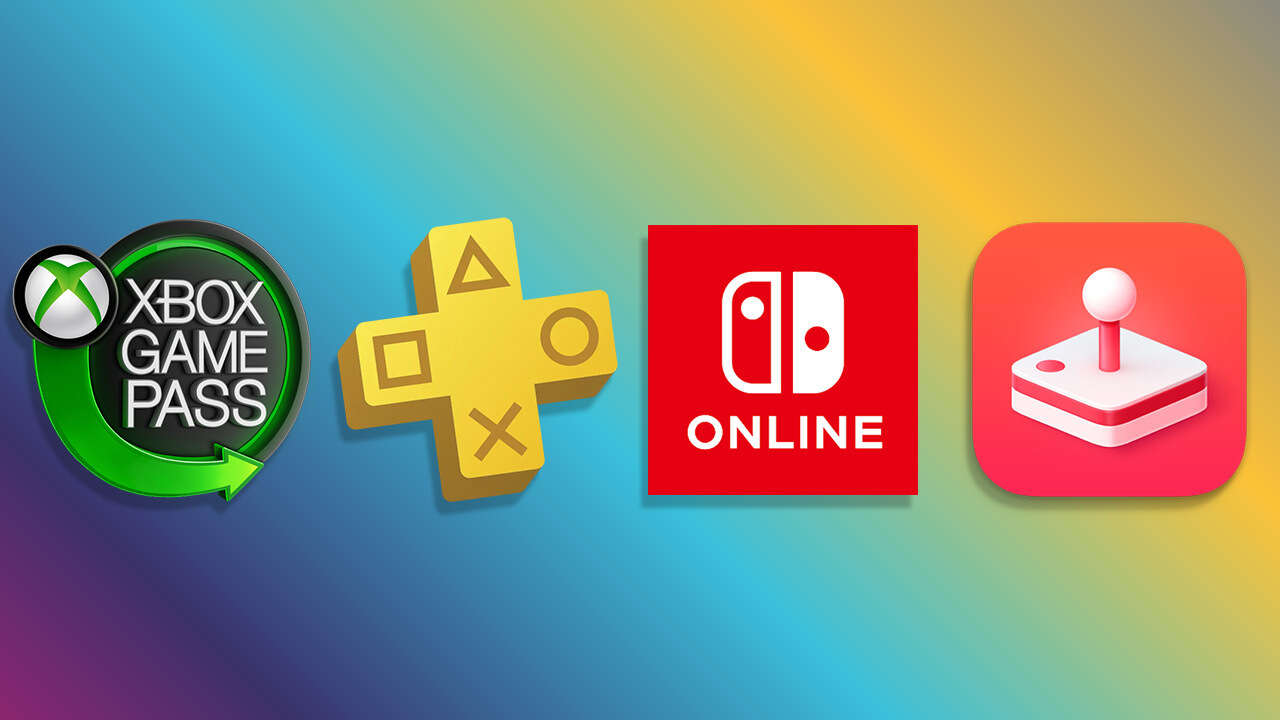Physical media has always had a special place in my heart – the idea of having all your movies, albums and video games sat on display on your shelf is both a satisfying and reassuring sign. You own them. They’re not going anywhere. However these days, especially in the video game industry, it seems like consumers are being pushed towards a digital-only future. So why are developers and publishers trying to entice you away from your collection of physical games and towards a world of licences, subscriptions and volatility?
A Digital Future?
As a kid I would love when I finally got that brand new game in my hands. That feeling of unwrapping the box, popping the disc out and putting it in my console, ready for hours of play never got old. Throughout my time owning numerous PlayStation, Nintendo and Xbox consoles, that sensation would remain the same – until the PS3 era, when I first bought a digital game: Uncharted.
Initially it was an interesting experience. Not having to go all the way to the store, not needing to swap the disc out every time I wanted to play? It was the future! Admittedly, my internet was very poor at the time which meant that I had to spend 30 (yes, thirty) hours straight downloading Uncharted. As the PS4 was released, more and more of my purchases swayed to digital, although I saved most of the big games to buy on disc.

As we reached the PS5 era, and the debate around backwards compatibility began, I started to realise that there’s an inherent volatility to owning games digitally. If you get the newest console, there’s never a guarantee that your whole library from the previous generation will be accessible – if not, you’d effectively be locked out for good if you got rid of the console. So this generation I’ve made a commitment to get almost all of my PS5 games on physical media (and I’ve even started a little steelbook collection!).
If access to a digital game (or the service that provides the game) is taken down, you’d lose that game through no fault of your own… and that effect is already creeping in. Older digital storefronts like the Wii U and 3DS are being shut down, rendering purchases or redownloads of games in an uncertain state – Nintendo are particularly bad at preserving older video games. Earlier this year, Ubisoft delisted Assassin’s Creed Liberation from online stores which seemingly meant that not only would people be no longer able to buy the game, but existing owners would be unable to play the game that they had paid money for. In the end Ubisoft clarified it would remain playable for existing owners but it was a timely reminder that digital access to video games can be pulled at any moment.
Unfortunately, it seems the industry is pushing us towards a digital-dominated (or even digital-only) future for video games. More and more games offer exclusive benefits when ordering digitally. Some physical special editions only give you the game as a code in the box to download it digitally. The PlayStation 5 and Xbox Series X/S both have a variant without a disc drive, therefore being restricted solely to digital purchases. It’s clear why this is happening: the second-hand market is seen as lost profits for video game publishers. You can’t trade-in digital games or buy them used, which ultimately means more money out of your pocket.
When the only place to buy video games is your console’s digital store, they can set the prices as they see fit – and if there’s no competition from physical media, there’s also less incentive to have regular discounts. PC has it slightly better with an open market and a choice of several platforms, but you still run the risk of losing access to those titles one day. Either way, the idea of a digital-only future paints a nasty picture for gamers.
The Subscription
The raging popularity of streaming services such as Netflix and Amazon Prime led to an inevitable effort by the video game industry to emulate their success. Enter services like PS+ Extra and Xbox Game Pass. Effectively the Netflix of gaming, these subscriptions take the digital format a step further by providing you access to a huge catalogue of games for you to play whenever you want. The obvious caveat? You don’t own any of the games you play. So that monthly/yearly fee (which can be pretty hefty) is merely an access token to the catalogue.

It’s undeniable that the idea of having a massive catalogue of games to try out is cool. If you don’t know whether you’re going to like a game but it’s in the PS+ Extra catalogue, it’s a completely risk-free way of testing it out. If you don’t like it, no problem – just move onto another game! The problem is how services like this and Xbox Game Pass are being pushed as the centrepiece of their console ecosystem. Brand new games releasing day-and-date on subscription services (something Xbox is much keener on doing) could mean a few things:
- Some developers may not make as much money releasing a new title directly onto a subscription service than they would through a regular release, potentially hampering the funding of future releases
- Once those developers realise this, they will start monetising those games in other ways to improve revenue – probably through microtransactions
- Other developers see this as profitable and start to produce more heavily monitised games for subscription services
It’s only a theory, however I’m not alone in my scepticism – a former Xbox executive says he’s ‘scared’ of the impact of subscription services like Game Pass and compared it to how Spotify’s uprise pretty much halved the yearly revenue of the music industry. So could these subscriptions accelerate the path towards a gloomier future for video games?
The Story of Stadia
Cloud gaming seemed like all the rage a few years ago. The idea of streaming games without needing expensive hardware is enticing, but it really hasn’t gotten off to the best start. The first real musings of cloud gaming was Gaikai back in the early 2010s, a platform focused on streaming game demos. Gaikai gained a bunch of publisher support, leading to Sony acquiring it and forming it into their own cloud gaming service, PlayStation Now. In the early days, it wasn’t great; freezing, input lag, disconnections… my internet at this point wasn’t even that bad, but you really needed top of the line speeds to have anything other than a frustrating time.
Despite this, the medium has undoubtedly grown. Nvidia, Microsoft and Google have jumped onto the cloud gaming bandwagon in the last few years – but that last one is the one I want to mention here: Google’s ill-fated cloud gaming platform, Stadia.

Launched in late 2019, Stadia was a deeply promising venture, allowing you to stream games at up to 4K and 60fps to all kinds of devices – TVs, laptops, phones – using Google’s powerful internet infrastructure. You could buy games outright or pay for a subscription offering free monthly titles, and Google were also funding studios to develop their own in-house titles. Add in YouTube integration and the ability to use basically any controller, and it was all looking positive for Stadia.
Then came the downfall. Just over a year after Stadia launched, Google shut down their game development studios (effectively cancelling all games currently in development) and stated they wanted Stadia to be a third-party publishing platform. Insiders said that Google’s lack of experience and willingness to fund high-end video game development meant that it was too much of a risk for them, leading to the studio closures. Afterwards, lead staff for Stadia started leaving. News outlets reported that Stadia was struggling with player numbers.
Finally in September this year, Google announced the complete shutdown of Stadia, less than three years after launch. They said a ‘lack of traction’ with users meant the platform was no longer viable, and committed to refunding all video game and hardware purchases. Google lost a lot of money on Stadia, and it’s likely that the biggest reason for its failure is that their streaming-only approach was still too niche. Streaming is much more popular with gamers when it’s offered as an option alongside on-hardware gaming – Stadia’s Pro subscription service was estimated to have less than 1% of the subscribers that Xbox Game Pass has.
So while it definitely left a dent in Google’s pockets, it’s unlikely that Stadia’s demise will hold back the future of cloud gaming. Once the gaming industry figures out a way to provide a viable and popular cloud gaming service, it will go full steam ahead, bringing digital gaming to the forefront of the medium – and sadly, leaving physical gaming in the dust.
After all, since the rise of Netflix and the like, when was the last time you bought a film on a disc?

